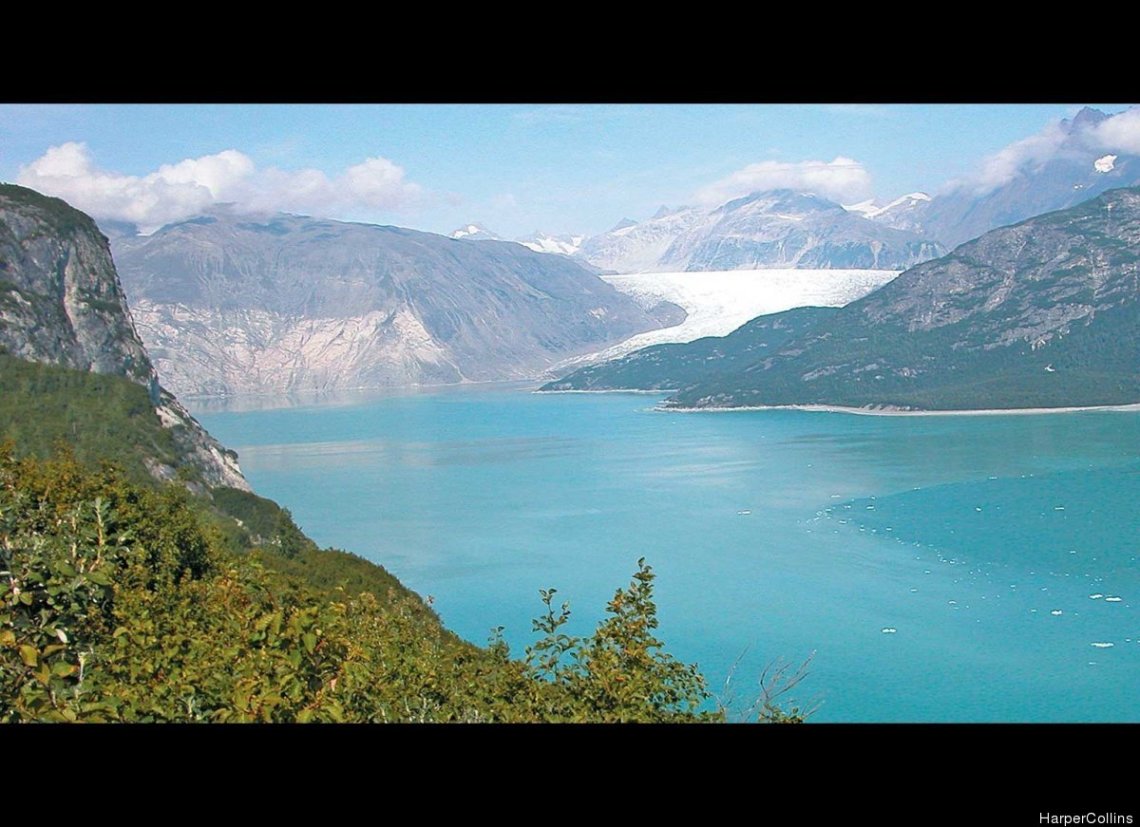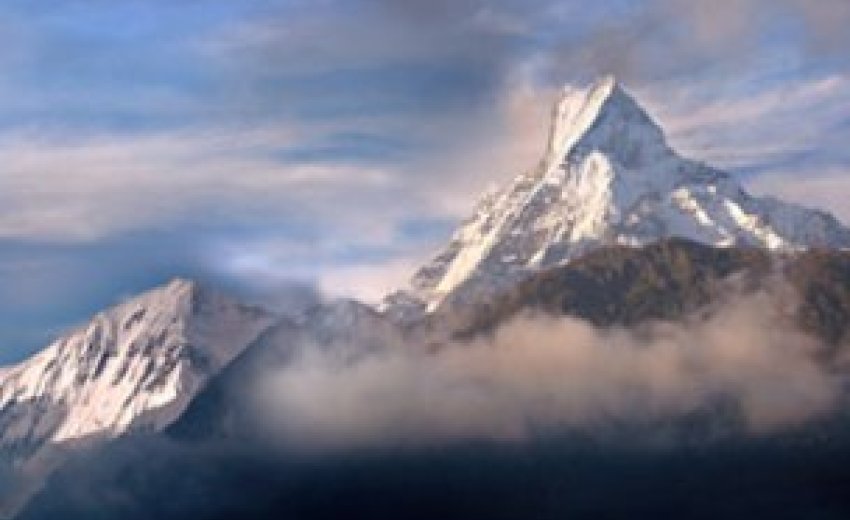|

05/16/2013: For years, scientists have worried about the impact of climate change in the invaluable Himalayan region. Recent research seems to confirm worries that a warming world is melting one of Earth's most iconic, not to mention tallest, summits: Mount Everest.
The research was presented this week during a conference co-sponsored by the American Geophysical Union (AGU) in Cancun, Mexico. Co-authored by Sudeep Thakuri of the Graduate School of Earth, Environment and Biodiversity at the University of Milan in Italy, the study says glaciers on Mount Everest have decreased by 13 percent over the past 50 years, while the snowline has shifted upward several hundred feet.
Man-made greenhouse gasses may be responsible for these changes, though a direct link has not yet been ascertained, Thakuri said in statements released by the AGU.
Thakuri's team used satellite imagery and topographic maps to track the region's glacial movements, and used hydro-meteorological data from the Nepal Climate Observatory and Nepal's Department of Hydrology to examine temperature and precipitation changes. Their data shows that the temperature in the Everest region has increased by sightly more than 1 degree Fahrenheit, with a 3.9 decrease in precipitation during the pre-monsoon and winter months in the past two decades.
Discovery notes that even small increases in temperature can have large consequences on the mountain, where melting glaciers could lead to flooding, rock slides and avalanches that could damage the ecosystem.
Furthermore, loss of glaciers and snow would change the appearance of Mount Everest from a snow-covered landscape to a rocky mountain peak with patches of snow.
These changes could also have dire consequences for surrounding human populations, according to Thakuri.
“The Himalayan glaciers and ice caps are considered a water tower for Asia since they store and supply water downstream during the dry season,” Thakuri said in a statement. “Downstream populations are dependent on the melt water for agriculture, drinking and power production.”
NBC News notes that Himalayan glaciers provide power and water for close to 1.5 billion people, which makes the question of climate change in the region a particularly sensitive one.
The issue of glacial variation in the Himalyas has seen its fair share of controversy, according to the Los Angeles Times. The Intergovernmental Panel on Climate Change originally projected catastrophic damage to glaciers by the year 2035; however, this research conflicted with a study by the Gravity Recovery and Climate Experiment (GRACE) that claimed melting was far slower in most areas, and nonexistent in others.
Still, Thakuri's report more closely follows research from 2012 that found most of the Tibetan plateau's glaciers are noticeably shrinking.
Thankuri's research, which is ongoing, is funded by the Intergovernmental Panel on Climate Change and the Water Research Institute-Italian National Research Council.
Harper Collins' Climate Change Photos


see more
| 
